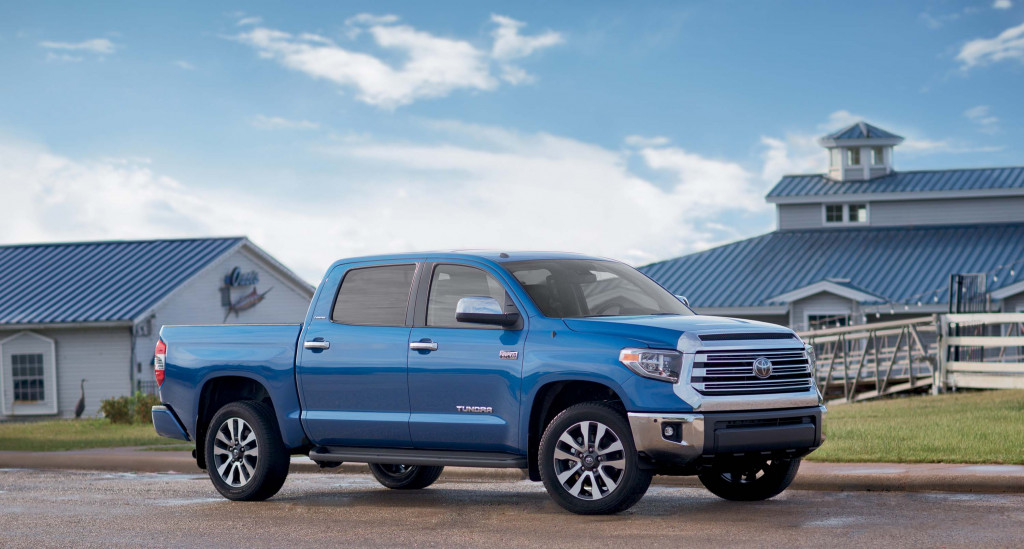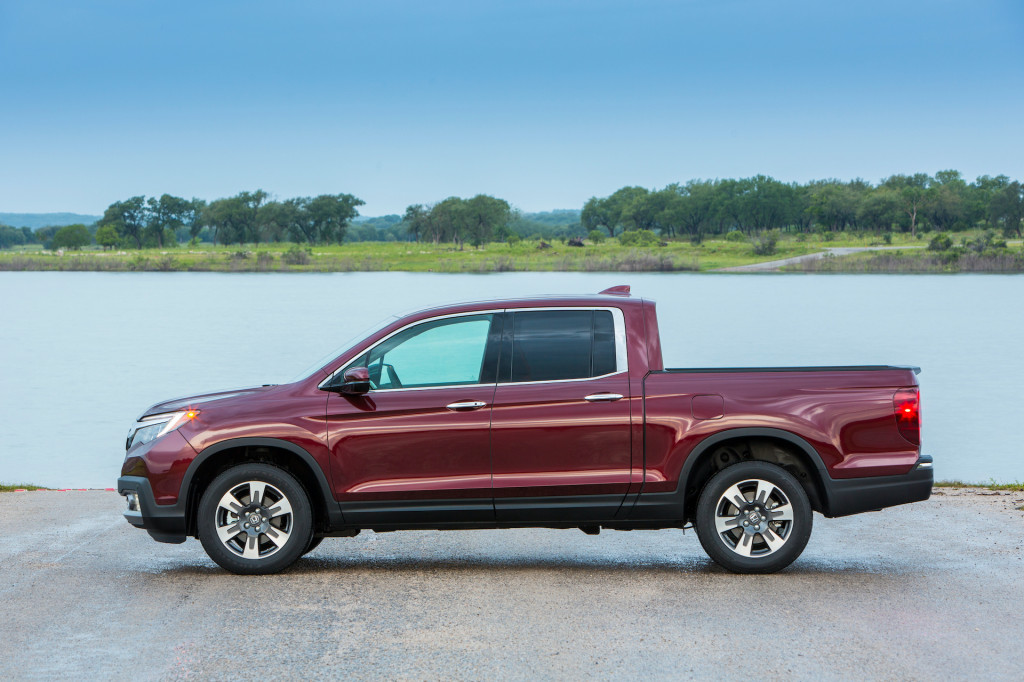Nearly all vehicle types now achieve more than double the gas mileage that they achieved in 1975, when the EPA started compiling trends for vehicle emissions and fuel economy.
All except pickups, that is.
While the U.S. fleet of new vehicles has been becoming more fuel-efficient at a rapid rate in recent years, the rate of truck mpg improvements—looking specifically to pickups—has been far flatter.
Call it downright underwhelming. Pickups posted the lowest year-over-year improvement of any vehicle type last year, from 18.9 mpg to 19.1 mpg on average, finally pushing it past the mileage levels the average pickup had hit in 1987.

Average mpg over time for vehicle types - U.S. EPA
Based on preliminary 2019 figures included in the 2019 EPA Automotive Trends Report, released earlier in March by the U.S. EPA, the pickup class might rise again this year, to 19.4 mpg.
Is that enough?
Partly, pickups are the products of ever-expanding size and weight, and ever-expanding capability numbers. According to the EPA the average new pickup outweighed the average new sedan or wagon by about 45 pounds in 1975. By 2018 that difference was nearly 1,700 pounds. While the average new sedan or wagon became 13% lighter in that span, the weight of the average pickup took on 30% more pounds before even considering payload.

2019 Toyota Tundra
They’re becoming bigger, too. Just from 2008 to 2018, the average pickup has grown at a faster pace than other vehicles. While other types of vehicles increased in the range of 1% to 3% over that time, pickup footprint increased an average of 4% (2.5 square feet), as measured by the EPA.
Going big hasn’t made pickups more popular relative to the market. The market share of pickups is roughly the same as it was 45 years ago—13% in 1975, versus 14% in 2018.
Among pickups, Honda has held the highest average—no surprise, as its only model is the Ridgeline, at 21.8 mpg. Pickups from other automakers all averaged in the 18-20 mpg range, but it’s of note that Toyota ranked the lowest at 18.2 mpg (based on its full-size Tundra and mid-size Tacoma trucks).

2020 Honda Ridgeline
Trucks are overdue for a serious weight-loss plan—for safety as well as fuel savings—and some companies are starting to deliver that. The slight decrease anticipated in the average weight of all vehicles for 2019 is likely most affected by weight-saving redesigns introduced in GM and FCA full-size trucks last year.
Nevertheless, automakers still seem locked in a race to one-up each other in payload and towing capability that a very small portion of owners will ever use—at the expense of efficiency.
Pickups are huge profit centers for Ford, GM, and FCA, so there’s a great risk in rocking the boat. They stood at more than a third of all Ford Motor Company production for the 2018 model year, for instance. To Ford’s credit, the aluminum-bodied F-150 remake in 2015 was enough to turn the weight gain around, perhaps temporarily, for the pickup class as a whole. And the technologies that GM and Ram applied widely to their lineups with those redesigns are producing more efficient full-size trucks that will help boost those averages.

2020 Ram 1500 EcoDiesel
Here’s what the “Big 3” truck makers are doing
Ram: The introduction of FCA’s eTorque system inRam 1500 trucks with V-6 and V-8 engines will help boost each truck about 2 mpg that get it—and the company’s truck average significantly. FCA also cut about 225 pounds from the Ram.
General Motors: The full-size Chevrolet Silverado 1500 and GMC Sierra full-size pickups were redesigned last year, and many of them have a new Dynamic Fuel Management system for their big V-8 engines, allowing them to run on a reduced number of cylinders as needed. GM cut 450 pounds from these trucks.
Ford: Ford cut more than 700 pounds with its last redesign of the F-150 pickup, for 2015. And an F-150 hybrid remains on the docket for later this year.

2018 Ford F-150 Power Stroke
All three companies now have light-duty diesels. Ford has re-upped on the Power Stroke 3.0-liter V-6 turbodiesel that will return up to 21 mpg city, 29 highway. Ram’s EcoDiesel light-duty diesel models return at least a few mpg better even when they’re loaded up. And GM is now offering a 3.0-liter inline-6 turbodiesel Duramax turbodiesel that returns up to 33 mpg highway. None of these have been sold in high enough volume to make much of a difference yet on a fleet-wide basis, though.
And to the future
We need electric trucks. Soon. They won’t be for everyone, and they'll still be heavy; but perhaps they can bring this whole segment to its senses—or at least clean up their consumption. From Rivian to the Cybertruck, here are five of the most eagerly anticipated electric pickups. And here’s to many more.













